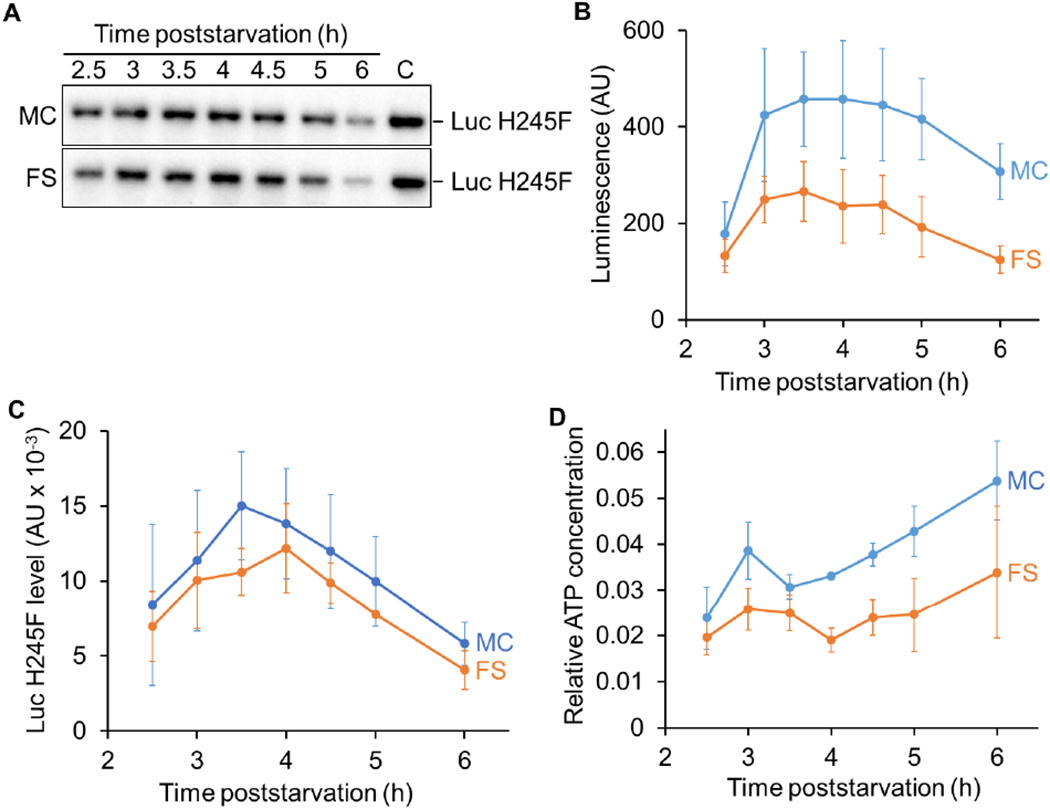Fig. 3. The relative ATP concentration rises in the mother cell and does not decline in the forespore during sporulation.

B. subtilis strains engineered to express luc H245F in the MC or the FS were starved to induce sporulation. At 2 h PS, culture aliquots were transferred to a 96-well plate, prior to measuring the luminescence intensity in arbitrary units (AU) and the Luc H245F level in AU by immunoblot analysis with anti-Luc antibodies. (A) Representative immunoblots showing Luc H245F levels in the MC and the FS during sporulation. A control sample (C) on the same blot was used for normalization of signal intensities. (B) Luminescence from Luc H245F synthesized in the MC or the FS during sporulation. (C) Luc H245F levels in the MC and the FS during sporulation. Each Luc H245F signal was quantified and normalized to a control sample on the same blot. (D) Relative ATP concentration in the MC and the FS during sporulation. For each biological replicate, the luminescence intensity was divided by the Luc H245F level to yield a normalized value representing the relative ATP concentration. The graphs show the average of three biological replicates and error bars represent one standard deviation.
